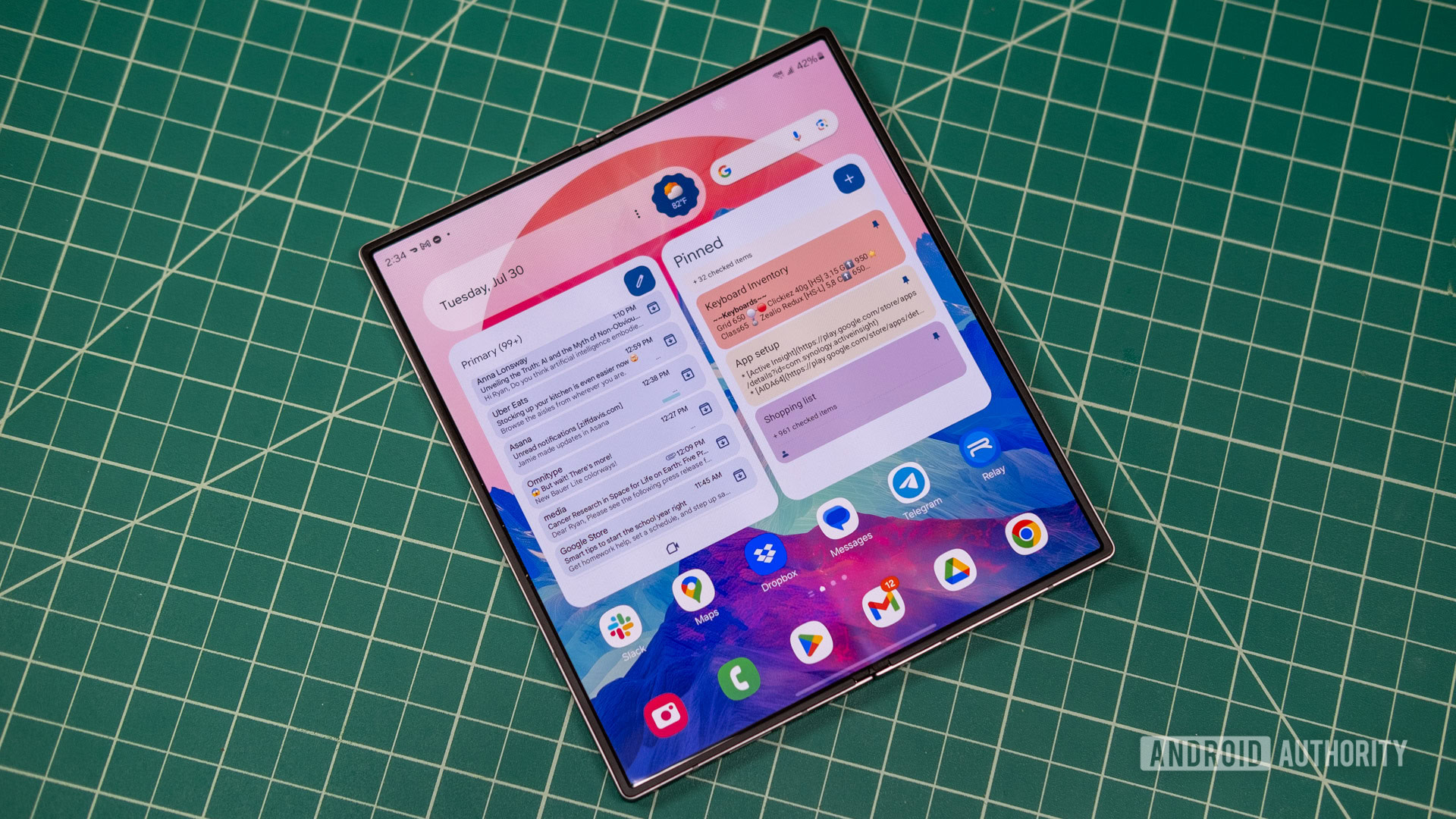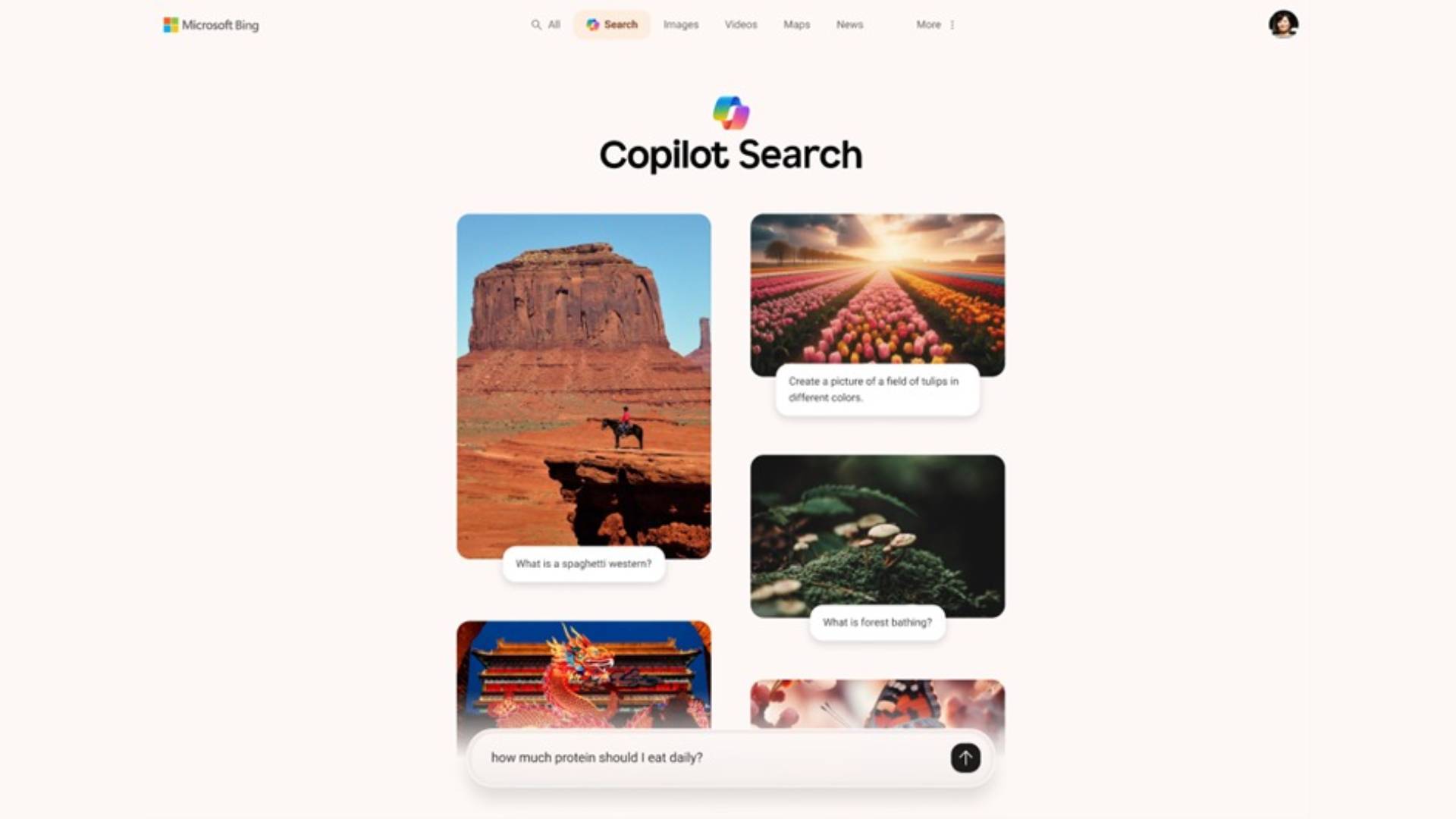BIM Software: Revolutionizing Construction Industry
Want to streamline your workflow and take your designs to the next level? Look no further than BIM software. Find out how it can revolutionize your work today!

Are you tired of the traditional construction process that results in time and cost overruns? Well, look no further than BIM Software. This cutting-edge technology is transforming the construction industry, enabling professionals to streamline their workflows, reduce errors, and collaborate more effectively. In this article, we'll explore the benefits of BIM software and how it's changing the game for architects, engineers, contractors, and owners.
BIM Software: What is it?
BIM stands for Building Information Modeling. It's a digital representation of a building's physical and functional characteristics. BIM software uses 3D models to visualize and simulate the building's design, construction, and operation. It's a collaborative tool that allows all stakeholders to share information in real-time and coordinate their efforts.
Request a sample of this research report @
https://www.marketresearchfuture.com/sample_request/8764
The Benefits of BIM Software
1. Improved Collaboration
BIM software facilitates communication and coordination among project teams. It eliminates the need for manual updates, reduces errors, and improves project outcomes. All stakeholders can access the same information at the same time, ensuring that everyone is on the same page.
2. Enhanced Visualization
BIM software enables users to create 3D models of buildings, giving them a more accurate and detailed understanding of the project. This visualization allows stakeholders to identify potential issues before construction begins, leading to fewer change orders and delays.
3. Cost and Time Savings
BIM software can help reduce project costs by identifying potential design flaws and construction issues before they occur. This saves time and money by avoiding costly rework and change orders. BIM also helps optimize project scheduling, leading to faster project delivery times.
4. Improved Safety
BIM software enables users to identify and address potential safety hazards before construction begins. This results in a safer work environment for construction workers and reduces the risk of accidents on the job site.
5. Sustainable Design
BIM software can help design sustainable buildings by analyzing energy consumption, carbon emissions, and other environmental factors. This leads to more efficient use of resources, lower energy costs, and a reduced carbon footprint.
BIM Software: How does it Work?
BIM software works by creating a virtual model of a building that can be viewed and manipulated in 3D. The model contains information about the building's physical and functional characteristics, including walls, floors, doors, windows, and mechanical systems. This information can be used to simulate the building's construction, operation, and maintenance.
BIM software is a collaborative tool that allows all stakeholders to share information in real-time. Changes made to the model by one stakeholder are immediately visible to all other stakeholders, ensuring that everyone is working with the most up-to-date information.
BIM Software: Who uses it?
BIM software is used by a wide range of professionals in the construction industry, including architects, engineers, contractors, and owners. Each stakeholder has a different role in the construction process and uses BIM software in different ways.
Architects use BIM software to design the building and create a virtual model that can be viewed in 3D. Engineers use BIM software to analyze the building's structural integrity, mechanical systems, and other factors. Contractors use BIM software to plan and coordinate the construction process, while owners use BIM software to manage the building's operations and maintenance.
Browse Full Report:
https://www.marketresearchfuture.com/reports/bim-software-market-8764
Conclusion
BIM software is revolutionizing the construction industry, providing a collaborative and efficient tool for professionals to design, construct, and manage buildings. The benefits of BIM software include improved collaboration, enhanced visualization, cost and time savings, improved safety, and sustainable design. As the construction industry continues to evolve, BIM software will undoubtedly play an increasingly important role in the design and construction of buildings.
If you're interested in implementing BIM software in your construction projects, it's important to carefully evaluate your needs and budget and select the software that best fits your requirements. With the right BIM software, you can streamline your workflows, reduce errors, and improve project outcomes.
Thank you for reading this article on BIM software. We hope you found it informative and helpful in understanding how this technology is transforming the construction industry.
Realted Reports:
About Market Research Future (MRFR):
Market Research Future (MRFR) is a global market research company that takes pride in its services, offering a complete and accurate analysis with regard to diverse markets and consumers worldwide. MRFR’s approach combines the proprietary information with various data sources to give an extensive understanding to the client about the latest key developments, expected events and also about what action to take based on these aspects.
Contact
Market Research Future (Part of Wantstats Research and Media Private Limited)
99 Hudson Street, 5Th Floor
New York, NY 10013
United States of America
+1 628 258 0071 (US)
+44 2035 002 764 (UK)
Email: sales@marketresearchfuture.com
Website: https://www.marketresearchfuture.com
What's Your Reaction?
 Like
0
Like
0
 Dislike
0
Dislike
0
 Love
0
Love
0
 Funny
0
Funny
0
 Angry
0
Angry
0
 Sad
0
Sad
0
 Wow
0
Wow
0



















































